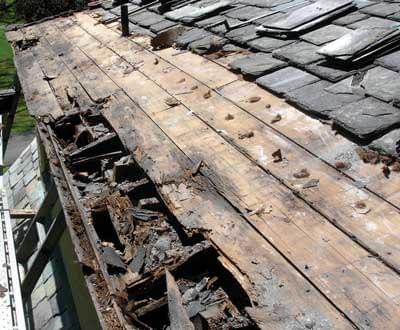When it comes to roofing options, metal roofs over shingles have gained popularity for their durability, energy efficiency, and sleek appearance. However, like any roofing system, there can be challenges that homeowners might face. In this article, we will delve into some common Metal Roof Over Shingles Problems and explore ways to address them.

Understanding the Appeal: Metal Roof Over Shingles Problems
Metal roofs installed over existing shingles offer numerous benefits. They provide an extra layer of protection, enhance insulation, and can even give a modern makeover to your home. The idea of reusing the old roof as a base can also be an eco-friendly choice. However, it’s important to recognize that despite the advantages, there can be potential issues that need attention.
Challenges Homeowners May Encounter:
- Moisture Trapping: One of the key concerns with metal roofs over shingles is moisture trapping. If not properly ventilated, moisture can get trapped between the metal and the shingles, leading to rot, mold, and compromised structural integrity. To mitigate this, proper ventilation and moisture barriers are essential during installation.
- Increased Weight: Another issue to consider is the additional weight. Metal roofing materials can be heavier than traditional shingles, and adding them on top might exceed the weight limits your home’s structure was originally designed for. Consultation with a structural engineer can help determine if any reinforcement is needed.
- Heat Conduction and Energy Efficiency: Metal roofs are known for their heat conduction properties. Without proper insulation, they can become hot in the sun and transfer heat into your living spaces. This can counteract their energy efficiency benefits. To tackle this problem, ensure sufficient insulation and consider reflective coatings that can help regulate the temperature.
Addressing the Problems:
- Professional Installation: To prevent moisture trapping, proper installation is crucial. Hiring experienced professionals who understand the nuances of metal roofing over shingles can significantly reduce the risks of moisture-related problems. They will ensure proper ventilation, moisture barriers, and sealing to keep your roof dry and durable.
- Structural Assessment: Before proceeding with a metal roof installation, have a structural engineer assess your home’s capacity to handle the additional weight. Reinforcements might be necessary, and it’s better to address this before the installation rather than dealing with structural issues later.
- Insulation and Coatings: To improve energy efficiency and reduce heat conduction, focus on insulation. Consult with roofing experts to determine the right insulation materials and techniques for your specific roof. Additionally, consider reflective coatings that can deflect a portion of the sun’s rays and keep your home cooler.
Conclusion:
In the realm of roofing, opting for a metal roof over existing shingles can be a smart choice, offering a blend of durability and aesthetics. However, being aware of potential Metal Roof Over Shingles Problems is essential for a successful installation. Moisture trapping, weight considerations, and heat conduction are challenges that can be addressed with proper techniques and professional guidance. By taking these factors into account and investing in quality installation, you can enjoy the benefits of a metal roof while ensuring your home remains safe, comfortable, and resilient for years to come.



Leave a Reply